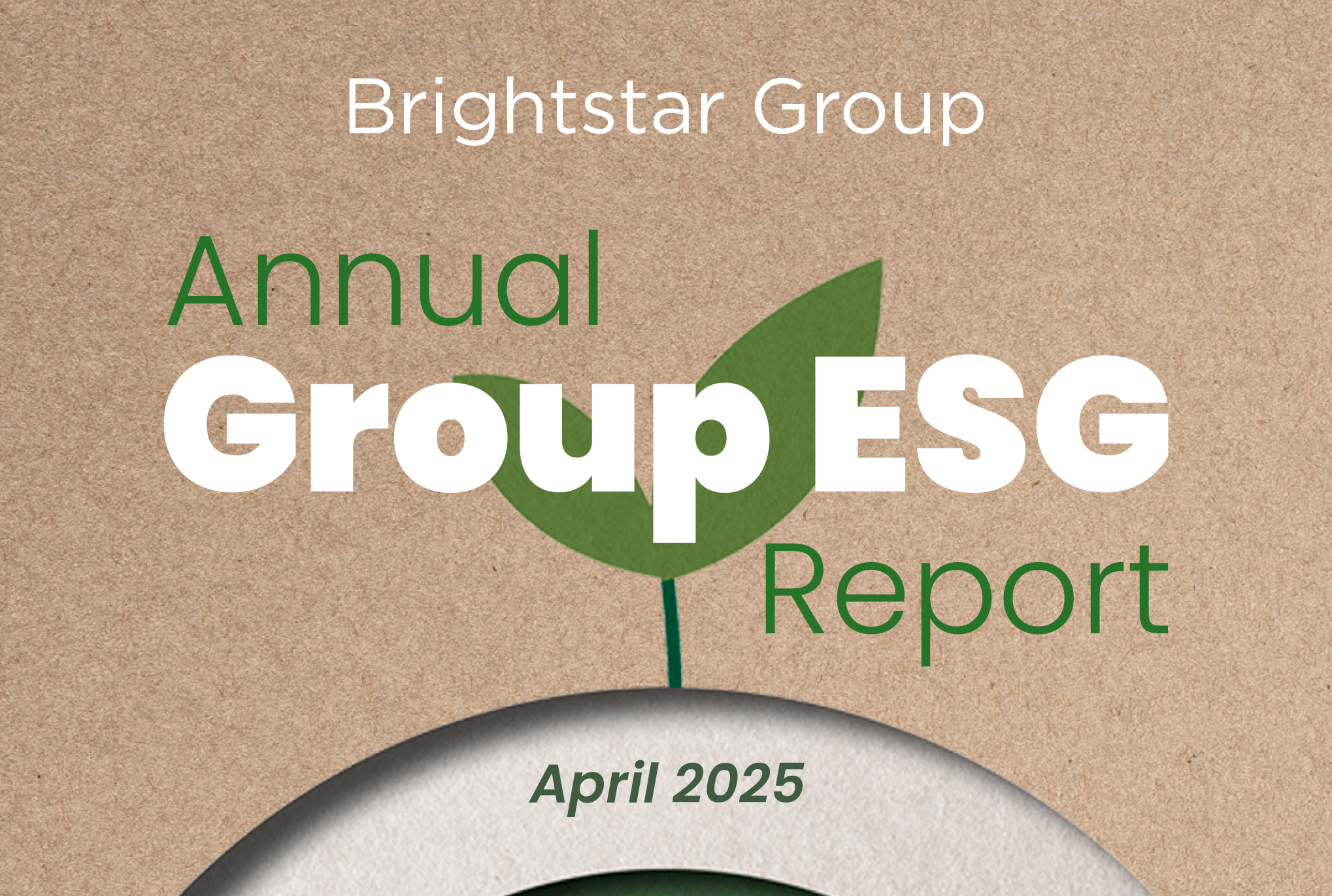March 2023
IN AN ERA OF EXPENSIVE BORROWING, IS HOUSEBUILDING STILL PROFITABLE FOR THE UK’S DEVELOPERS?
As the urgent need for more new homes continues, debt advisory specialists, we provide a snapshot of the current development finance market to understand how affordable it is for UK developers to engage in the new projects our nation so desperately needs.
Despite being ignored by the Chancellor’s recent budget, there is an urgent need for more new homes in the UK with new developments and construction projects expected to lead the way in fulfilling this requirement.
But such projects, more often than not, require the developer to secure finance that will enable them to complete the works before selling the development, repaying the loan and counting the profits. At a time when lenders are practising greater caution than we’ve seen in recent years, how much can developers expect to be paying for a development finance loan?
To find out, we have analysed the current development finance loan market to see what the current cost of a development finance loan is, and what this means for developers who are looking to fund upcoming projects.
The data we compiled shows that, in the current market, the average development finance loan comes at a maximum Loan to Cost (LTC) of 85%, and an average Loan to Gross Development Value (LTGDV) of 70%. Average loan values range between £250K and £5m and come with average interest rates starting at 12%, setup fees of 1.5%, and exit fees of 1%.

The majority of development finance products come in the form of Senior Debt (49.3%), followed by Stretched Debt (26.1%), and Mezzanine (10.1%).
Senior Debt is any debt that takes priority over any other organisational debt. Stretched Debt is that which provides a higher LTC or LTV percentage than a Senior Debt can typically allow. Mezzanine Debt is one of the highest risk forms of debt and is often issued to an organisation that has already been issued a separate, more valuable Senior Debt.

In way of real world example, imagine a developer is looking to buy a site worth £1m with a view to build four new homes at a cost of £1.5m (total cost of £2.5m) and sell them for £4m – this final figure is what becomes known as the Gross Development Value (GDV).
The developer needs to borrow money to fund the purchase and development of the site. For the initial land purchase of £1m, they will often take a Day 1 Advance which most lenders will limit to around 65%-70% of the total value. For this example, we can record this Day 1 Advance as £700,000 which will be issued by the lender straight away.
For the actual development process, loans can cover up to 100% of the cost and be issued gradually over time. For our example, this is £1.5m which brings the developer’s total loan to £2.2m which is 90% of the project’s total cost of £2.5m.
All in all, this means the developer is borrowing 55% (£2.2m) of the total GDV (£4m) which falls easily within the lender’s maximum LTGDV of 70%.

Head of Corporate Partnerships at Sirius Property Finance, Kimberley Gates, commented:
“The government’s most recent budget statement made no mention of house building despite the severe shortage of homes across the UK. Add to this the fact that borrowing is more expensive now than in recent memory and the future of our development industry looks a little shaky. However, it’s clear to see that house building remains a highly profitable exercise for developers even when they need to take out loans to fund the initial stages of new projects. This is, at least, some reassuring news and should ensure that despite the highest cost of borrowing, housebuilders continue to deliver much needed stock to market, without fear of doing so at a loss.”
Sources: Development Finance Market Snapshot and example
Development finance snapshot data sourced from PropertyData, Finance Portfolio data sourced from Sirius



